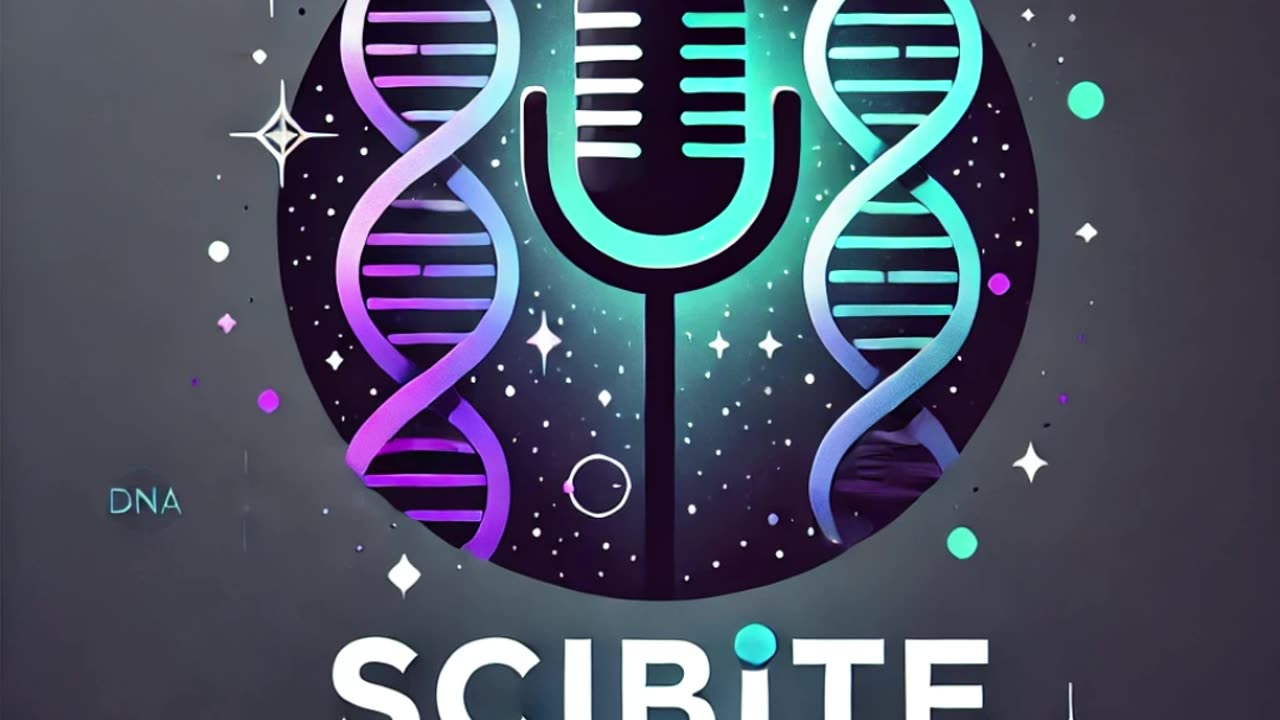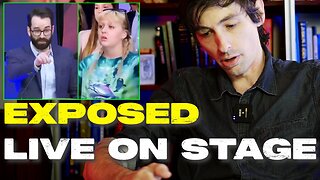Premium Only Content

🚀 NASA’s Laser Sends Data 290 Million Miles to Psyche, Revolutionizing Deep Space Messaging 🚀
🌟 Key Points: 🌟
- NASA’s Deep Space Optical Communications technology demonstration has completed several key milestones, culminating in sending a signal to Mars’ farthest distance from Earth.
- Optical communications technology aboard NASA’s Psyche spacecraft has proven effective over distances up to 290 million miles, paving the way for future high-speed data transmission in space.
🌟 Record-Breaking Laser Communications: 🌟
- The technology demonstration set a new record for laser communications by transmitting a laser signal from Earth to the Psyche spacecraft, approximately 290 million miles away.
- This milestone was achieved on July 29, 2024, and the technology demonstration successfully completed the initial phase of its operations, which began with the launch aboard Psyche on October 13, 2023.
🌟 Advancements in Space Technology: 🌟
- Managed by JPL, the Deep Space Optical Communications (DSOC) experiment consists of a flight laser transceiver and two ground stations.
- Caltech’s historic 200-inch (5-meter) aperture Hale Telescope at Palomar Observatory acts as the downlink station, while the Optical Communications Telescope Laboratory at JPL’s Table Mountain facility acts as the uplink station.
- Lasers can transport data at rates up to 100 times higher than radio frequencies, enabling the transmission of complex scientific information, high-definition imagery, and video.
🌟 Data Transmission at Interplanetary Distances: 🌟
- The technology demonstration’s data is sent to and from Psyche as bits encoded in near-infrared light, which has a higher frequency than radio waves, allowing far higher rates of data transfer.
- When Psyche was about 33 million miles away, the technology demonstration could transmit data at the system’s maximum rate of 267 megabits per second.
- On June 24, when Psyche was about 240 million miles from Earth, the project achieved a sustained downlink data rate of 6.25 megabits per second, with a maximum rate of 8.3 megabits per second.
🌟 Pioneering Space Communications: 🌟
- The goal of Deep Space Optical Communications is to demonstrate technology that can reliably transmit data at higher speeds than other space communication technologies like radio frequency systems.
- The project tested unique data sets like art and high-definition video along with engineering data from the Psyche spacecraft.
- The technology demonstration beamed the first ultra-high-definition video from space, featuring a cat named Taters, from the Psyche spacecraft to Earth on December 11, 2023, from 19 million miles away.
🌟 Future Operations: 🌟
- The flight transceiver is powered down and will be powered back up on November 4 to prove that the flight hardware can operate for at least a year.
- The transceiver will be checked for functionality and then operated at its full design capabilities during the post-conjunction phase later in the year.
🌟 More About Deep Space Optical Communications: 🌟
- This demonstration is the latest in a series of optical communication experiments funded by the Space Technology Mission Directorate’s Technology Demonstration Missions Program, managed at NASA’s Marshall Space Flight Center in Huntsville, Alabama.
- The development of the flight laser transceiver is supported by MIT Lincoln Laboratory, L3 Harris, CACI, First Mode, and Controlled Dynamics Inc.
- Partners such as Fibertek, Coherent, Caltech Optical Observatories, and Dotfast support the ground systems.
- Additionally, some of the technology was developed through NASA’s Small Business Innovation Research program.
#NASA #Psyche #DeepSpace #OpticalCommunications #SpaceTechnology #JPL #LaserCommunications #DataTransmission #SpaceExploration #Innovation #Science #Technology #SpaceMission
📚 Interested in learning more? Check out these amazing science books and resources on Amazon that I've handpicked for you! Dive deeper into the subject and expand your knowledge. 📚
🛍️ Shop my recommendations: https://amzn.to/3AuBl1r
💡 Remember, when you purchase through my link, you're supporting my channel and helping me create more engaging science content for you! It doesn't cost you anything extra, but it means a lot to me. 😊
⬇️ Don't forget to:
Like this video if you enjoyed it!
Subscribe for more bite-sized science content!
-
 38:32
38:32
The Why Files
21 days agoThe Real CIA Vol. 1: 693 Pages of Secret Crimes
97.9K59 -
 49:12
49:12
MattMorseTV
10 hours ago $1.27 earned🔴Zelenskyy is NOT HAPPY about Trump’s NEW DEAL.🔴
101K135 -
 1:03:49
1:03:49
Warren Smith - Secret Scholar Society
4 days ago"You are on the brink" - My Conversation with Nick Fuentes
69.7K61 -
 8:05
8:05
Tactical Advisor
11 hours agoNEW Best Budget AR15 | PSA Guardsman (FIRST LOOK)
71.6K26 -
 8:55
8:55
Warren Smith - Secret Scholar Society
3 days agoMatt Walsh EXPOSES a Leftist's Lie So Badly She Flees the Stage
61.5K32 -
 25:05
25:05
Digital Social Hour
10 hours ago $0.23 earnedScott Jennings: The Fight for Free Speech: Scott Jennings Speaks Out
48.5K13 -
 1:29:24
1:29:24
Steve-O's Wild Ride! Podcast
3 days ago $0.14 earnedDarby Allin Risked His Life And Career To Climb Mt Everest | Wild Ride #262
44.2K -
 49:33
49:33
Jeff Ahern
12 hours ago $0.58 earnedThe Sunday Show with Jeff Ahern
47.8K9 -
 25:51
25:51
DeVory Darkins
1 day ago $3.40 earnedNewsom dealt MAJOR LEGAL BLOW by Texas as Joy Reid tragically HUMILIATES herself
60.1K201 -
 13:27
13:27
Degenerate Jay
15 hours ago $5.87 earnedRed Dead Online - A Wild West Game That Deserved Better
54.5K5